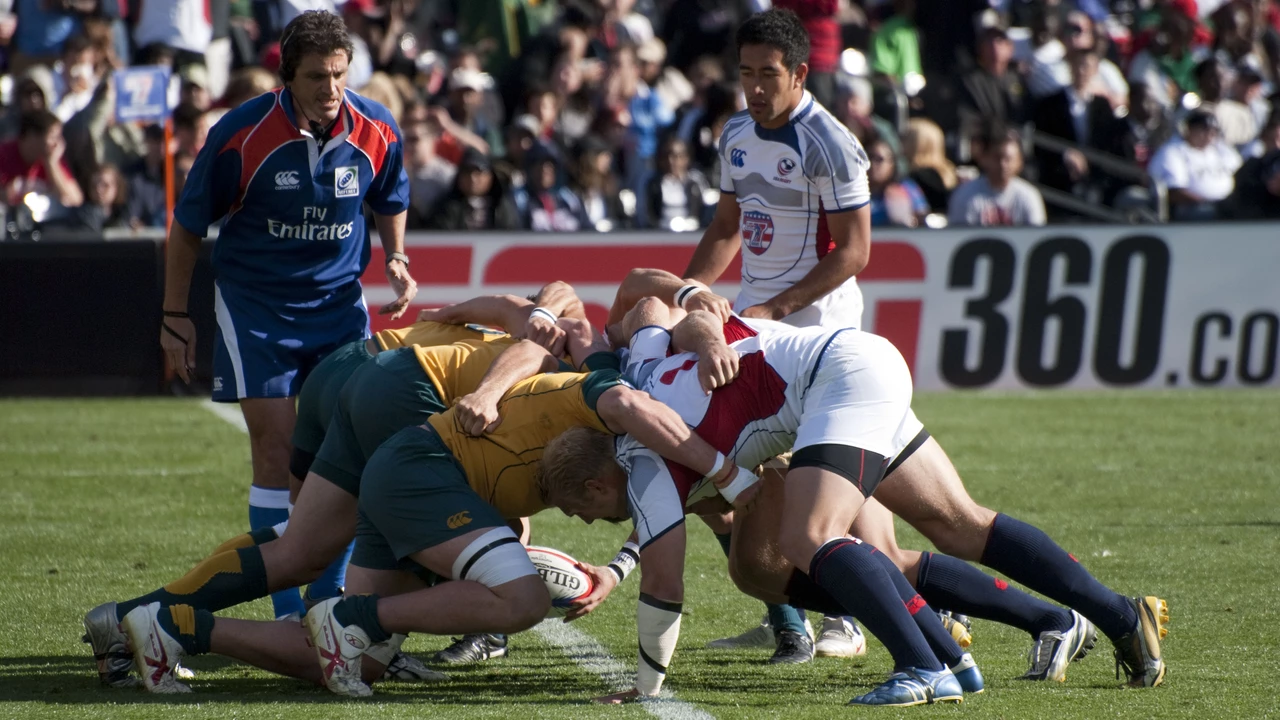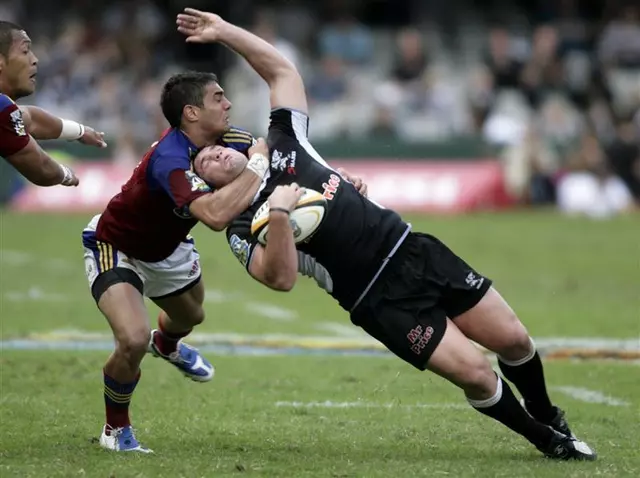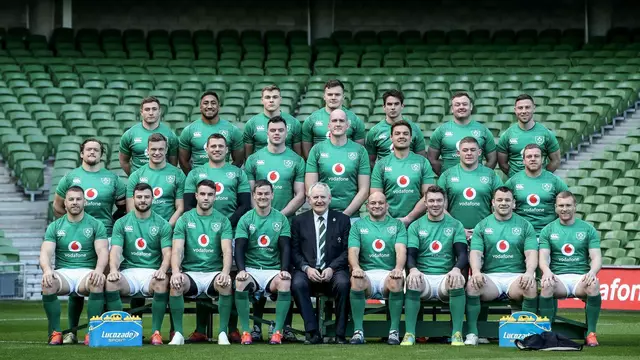America Rugby: How the Game is Growing Across the USA
Rugby used to feel like a foreign sport in the States, but today you can find clubs in almost every city and dozens of universities fielding teams. If you’re wondering where to start, the quickest answer is: check out the college scene. Schools like Harvard, Yale, Stanford, West Point, and the Naval Academy all have active programs, and they’re feeding talent into regional leagues and even the national team.
College Rugby: Where to Find a Team
First‑year students often ask, "Do I need a rugby background to join?" The short answer is no. Most college clubs welcome complete beginners, run introductory sessions, and focus on building basics before you hit competitive matches. Look for the club’s website or Facebook page – they usually post practice times, contact emails, and gear requirements. If you’re in East London and want a taste of the US style, many American students join local clubs when they study abroad, so you might even meet a teammate who’s played in the NCAA.
For those who want a more structured environment, the College Rugby Association of America (CRAA) runs a season that mirrors other varsity sports: regular‑season games, playoffs, and a national championship. Getting involved gives you access to coaching, fitness sessions, and a network that can lead to summer camps or elite pathways.
Player Stats and What They Mean
Curious about the typical size of an American rugby player? On average, men stand around 6'2" and weigh about 208 lb. Forwards tend to be taller—about 6'5"—and heavier, while backs are a bit lighter and faster. Knowing these numbers helps you understand where you might fit on the field and what kind of conditioning you’ll need.
Beyond height, strength matters but isn’t the only factor. A solid mix of speed, agility, and game sense can make a small player just as valuable as a big one. Many clubs run sprint drills, tackling circuits, and skill workshops to develop a well‑rounded athlete.
Another interesting trend is the rise of American players in professional leagues overseas. Teams in Europe and Japan are scouting US talent, especially those who’ve shone in college championships. This gives ambitious players a clear route from the campus pitch to a pro contract.
Rugby’s growth in America isn’t just about numbers; it’s changing the sport’s landscape. Traditional powerhouses like New Zealand and England now face tougher competition from the USA, especially after the country qualified for the recent Rugby World Cup and put up strong performances. That shift is encouraging more schools to invest in facilities and coaching staff.
If you’re new to the game, start with the basics: learn how to pass, tackle safely, and understand the off‑side rule. Most clubs run a “learn‑to‑play” night once a week – just show up, bring a water bottle, and be ready to move. The community is friendly, and the social side of rugby—after‑match pubs and team outings—is a big draw.
Finally, remember that rugby is a sport for all shapes and sizes. Whether you’re a large forward who loves charge‑ups or a quick back who enjoys sprinting down the wing, there’s a place for you on the field. The key is to stay consistent, listen to your coaches, and enjoy the camaraderie that makes rugby unique.
Hey, ever wondered why rugby isn't a hit in the land of the free? I mean, we Americans love a good rough and tumble, so why the cold shoulder to rugby? Well, it seems we're just too busy with our homegrown sports like football, basketball, and baseball. Plus, with all the rules and the odd-shaped ball, rugby seems as confusing as a Rubik's cube to us. But who knows, maybe one day we'll trade our touchdowns for tries and make rugby our new national pastime. Until then, it's three strikes you're out, not three points for a try, folks!
READ MORE





